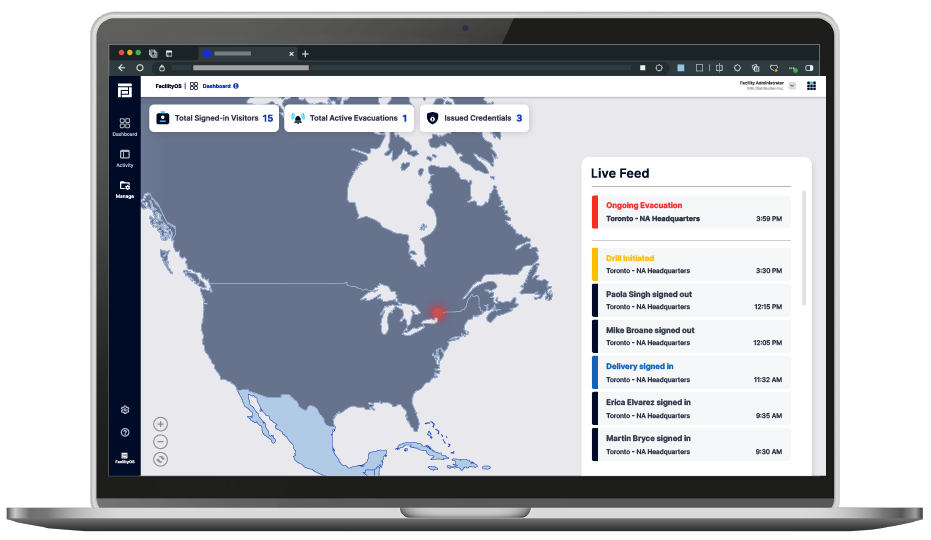As the pharmaceutical industry continues to expand in innovation and technology adoption, finding ways to effectively measure these changes can be challenging. While your facility may be ahead of the curve in adoption and process efficiency, if there is no clear way to measure the effectiveness of these processes properly, you’ll find yourself playing a guessing game when strategizing the next steps for your team. For facilities managers, having detailed, precise analytics through the help of business intelligence is a game-changer. Here, our team guides you through the metrics and KPIs you should be tracking within your facility for maximum efficiency, cost reduction, and more.
Understanding KPIs vs. Metrics
While KPIs and metrics both focus on business performance, there are some differences between the two that are important to note. KPIs, or key performance indicators, are used to identify long-term business performance, essentially showing how close you are to achieving business goals. KPIs are industry-specific and can include data on operations such as productivity and profitability, compliance, and more.
In a similar feat, metrics are quantitative measures you can use to assess, track, and compare your performance. Try and think of metrics as KPIs on a smaller scale, with metrics often being owned by one department and KPIs as an interdepartmental business goal. In the FM world, let’s take asset logistics as an example. Metrics for asset logistics in pharma could include asset utilization, asset downtime, or asset damage rate. A KPI for your facility might be to reduce maintenance spend by 50%. You would use these metrics to determine gaps and pivot to reach your KPI goal of reducing spending.
Compliance Metrics
If there is one area of metrics that are essential to monitor for pharma, it’s compliance. Because of the sensitive and complex nature of the industry, there is essentially no room for error. By monitoring relevant KPIs and metrics regarding compliance, you are able to prepare your team for upcoming audits and enhance the overall safety of your facility. Compliance audits are a must to track the number and severity of internal compliance audit findings so that you can correct them before an external audit. Here are some metrics to watch:
- Time to correct compliance audit findings
- The number of corrective and preventative actions (CAPAs) opened
- Percentage of CAPAs completed on time
- Percentage of CAPAs completed within budget
- Number of suppliers or partners that are compliant with the company policies
Safety Metrics
In conjunction with compliance, employee safety is an absolute must within your facility. As an FM in the pharma industry, you have to ensure that all equipment is working properly, sensitive or hazardous materials are handled correctly, and emergency protocols are in place. Consider the following metrics to enhance safety for your facility:
- Number of safety incidents
- Severity of safety incidents
- Number of near-misses or hazards where no damage or injury occurred but could have given a slight shift
- Number of safety audits conducted or scheduled
- Time to correct safety audit findings
Maintenance Metrics
One of our favorite topics to discuss, mostly because of how much of an impact it has on efficiency and productivity, is preventative maintenance metrics. By implementing a preventative maintenance strategy for your facility, you will not only help prevent unnecessary downtime, but ensure proper manufacturing, processing, transfer, and disposal standards are met for items like lab samples, chemicals, and other hazardous materials. Here are our favorite maintenance metrics to track:
- Mean time to repair (MTTR)
- Mean time between failure (MTBF)
- On-time completion rate for preventive maintenance tasks
- Equipment availability
- Average downtime of equipment
- Preventative maintenance backlog for overdue tasks
- Average asset lifecycle time
Material Handling Metrics
Specific to the pharmaceutical industry, tracking metrics related to material handling is important to understand where gaps are occurring within your daily workflows. By identifying these holes quickly, you can adjust accordingly, enhance your facility’s security, and ultimately lead your team confidently through the various complexities of pharmaceutical material handling. We recommend tracking the following metrics:
- Number of material handling incidents – spills, leaks, and breakages
- Time to clean material handling incidents
- Material transfer accuracy
- Time for material transfer
- Material disposal cost
- Material disposal compliance – ensuring all documents and signatures are completed for proper disposal
Optimize Your Pharma Facility with Intra
At SCLogic, we offer a unique and comprehensive facilities management solution specifically created for the pharmaceutical industry. With decades of experience working with large-scale pharma facilities, we understand your complex needs, and our job is to solve these pain points with an efficient, user-friendly platform. To learn more about our pharma-specific workflows, schedule a demo with our team today, or email marketing@sclogic.com with any questions.
 Facility Management Platform
Facility Management Platform

